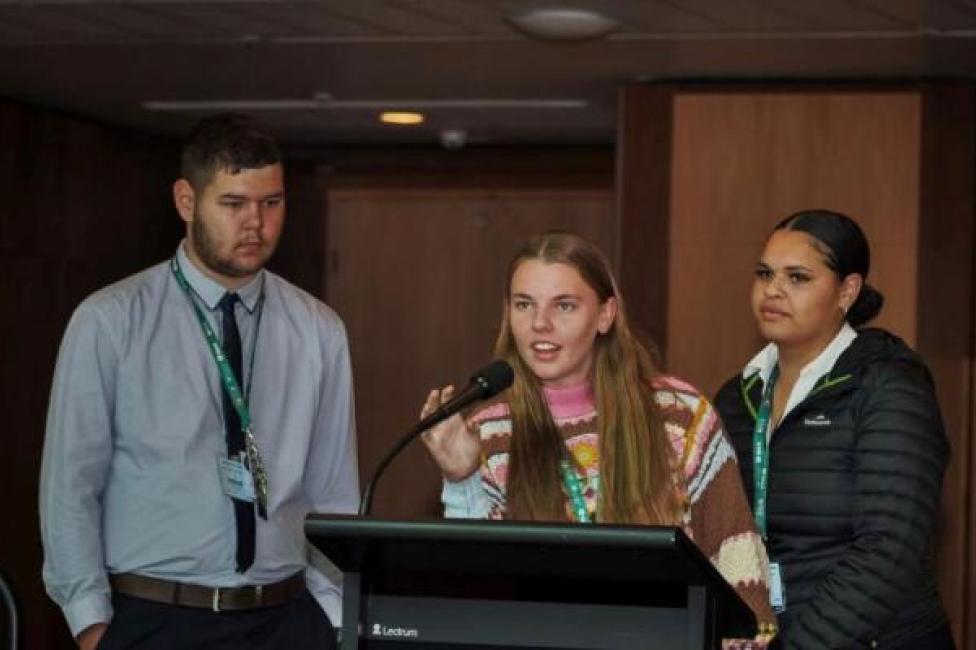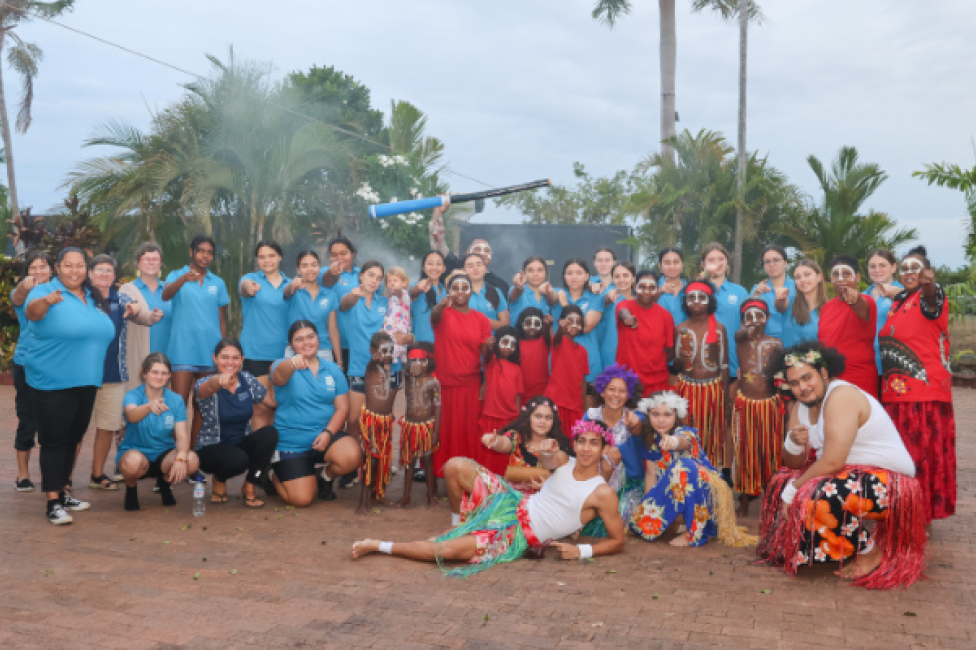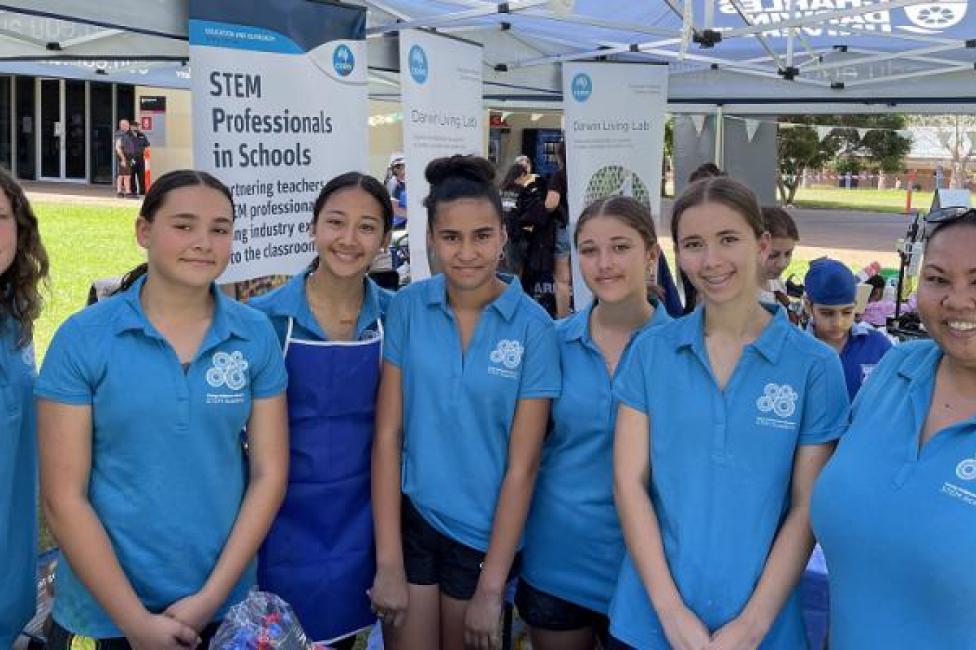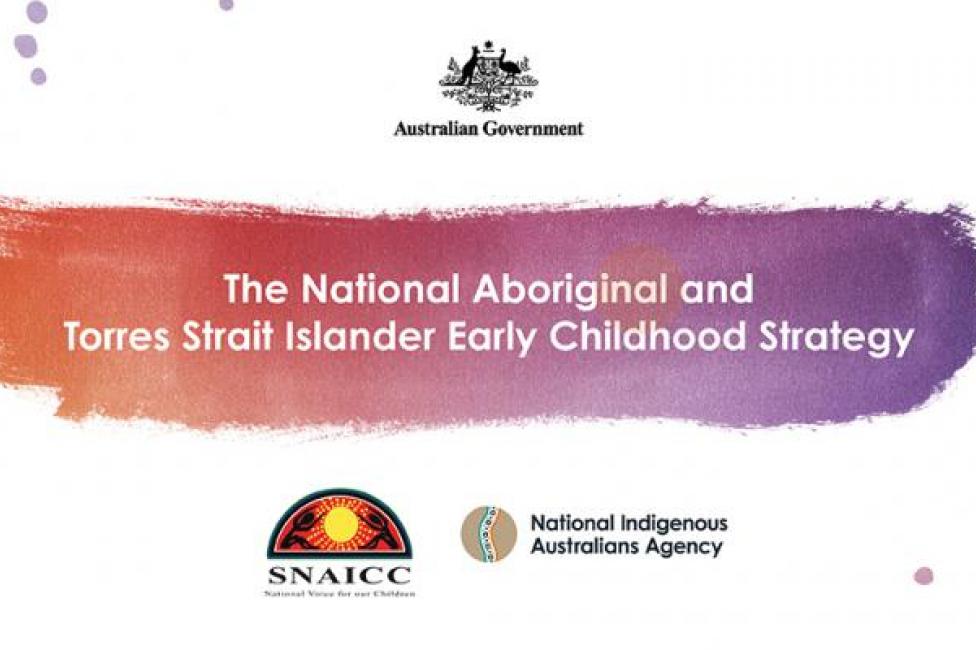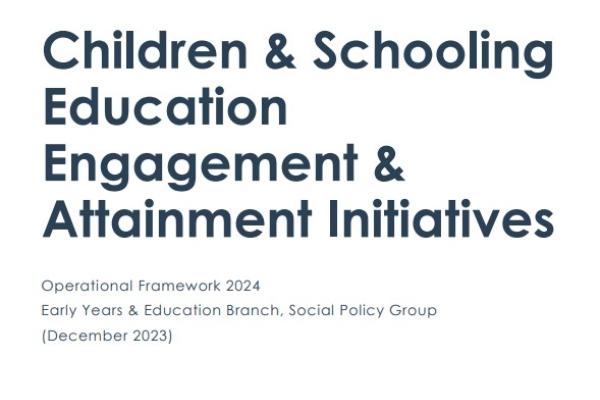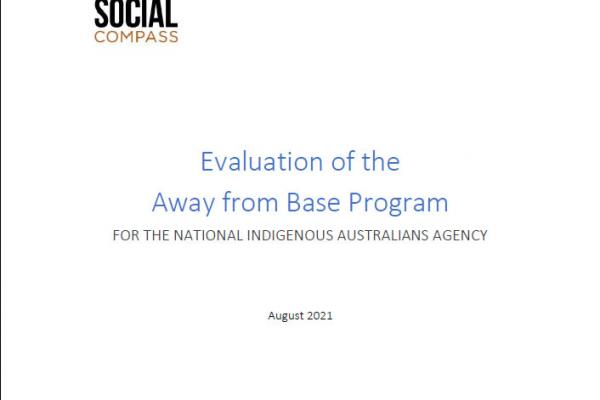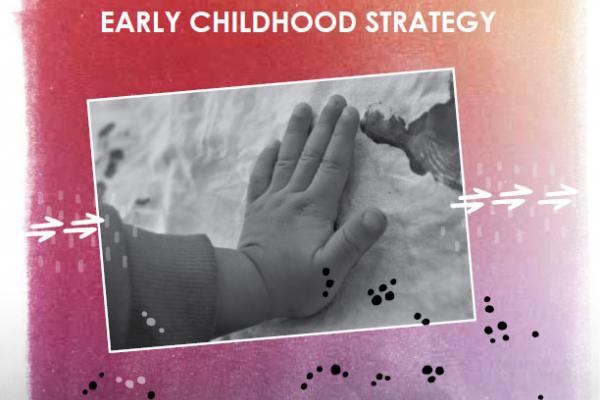Early Childhood Development
Supporting Aboriginal and Torres Strait Islander children to grow up healthy, happy and ready for school is key to a prosperous future for the next generation. Investing in children from conception and throughout the first five years has positive whole-of-life impacts across education, employment, health and connection to community (Australian Institute of Health and Welfare, 2011).
The NIAA is working with communities, governments and service providers to support children in accessing quality and culturally-safe early childhood education and care services. Through our work we are ensuring that children start school with the best chance of success.
Through the Indigenous Advancement Strategy, the Australian Government is investing $43.4 million over 2021-22 in a range of early childhood development and enabling activities. These include facilitated playgroups, and family and community access and engagement activities. This funding supplements mainstream Commonwealth support in childcare, preschool, health and family support programs.
The National Aboriginal and Torres Strait Islander Early Childhood Strategy
On 8 December 2021, the National Aboriginal and Torres Strait Islander Early Childhood Strategy (the Strategy) was launched. The Strategy was developed in partnership between the NIAA and SNAICC - National Voice for Our Children. The Strategy sets a vision that all Aboriginal and Torres Strait Islander children:
- thrive in their early years
- are born healthy, remain strong and are nurtured by strong families.
Connection to culture is central to the Strategy. It recognises it’s importance in allowing Aboriginal and Torres Strait Islander children to flourish, feel safe and loved, and fulfil their potential.
The Strategy outlines five evidence-based goals. These complement existing Australian Government strategies and commitments under the National Agreement on Closing the Gap. The goals are that Aboriginal and Torres Strait Islander children:
- are born healthy and remain strong
- are supported to thrive in their early years
- are supported to establish and maintain strong connections to culture, country, and language
- grow up in safe nurturing homes, supported by strong families and communities
- are active partners in building a better service system (along with their families and communities).
Closing the Gap National Agreement and the Early Years
The National Agreement on Closing the Gap (National Agreement) came into effect on 27 July 2020. It was developed through genuine partnership between all Australian governments and the Coalition of Aboriginal and Torres Strait Islander Peak Organisations. See the Closing the Gap website for further information.
There are several Priority Reforms and Outcomes with an early childhood focus:
- Priority Reform 1 - Formal Partnerships and Shared Decision Making - early childhood care and development is a priority area.
- Priority Reform 2 - Building the Community-Controlled Sector - early childhood care and development is a priority area.
- Outcome 2 - Children are born healthy and strong.
- Outcome 3 - Children are in high quality, culturally appropriate early childhood education.
- Outcome 4 - Children thrive in their early years.
Reference
Australian Institute of Health and Welfare (AIHW) 2011. Headline Indicators for children’s health, development and wellbeing 2011. Cat. no. PHE 144. Canberra: AIHW.
Education
Education is key to increasing Aboriginal and Torres Strait Islander pathways to success. It’s the foundation that can lead to increased wellbeing across all other aspects of life.
The National Indigenous Australians Agency provides expert policy leadership and advice to improve Aboriginal and Torres Strait Islander education outcomes. We influence other areas of Government to ensure mainstream funding efforts benefit Aboriginal and Torres Strait Islander students. We focus in the areas of:
- early childhood education
- school education
- student engagement
- training
- higher education access and outcomes
- building teacher capacity.
Great improvements have been made. More Aboriginal and Torres Strait Islander people are now:
- attaining a Year 12 or equivalent qualification
- staying in school longer, increasing the chances of successfully completing Year 12
- studying higher level vocational education and training (VET) courses
- going to university
- achieving the same employment outcomes compared with non-Indigenous Australians who hold a bachelor’s degree.
There is still more work to do to deliver equitable education outcomes for Aboriginal and Torres Strait Islander people. Areas where further improvements are still required include:
- attendance and school engagement
- literacy and numeracy attainment (particularly in remote areas)
- teachers’ ability to support Aboriginal and Torres Strait Islander students
- teachers' ability to teach all students about the depth, wealth and diversity of Aboriginal and Torres Strait Islander histories and cultures
- university and VET completion rates.
The Australian Government is working with communities, state and territory governments, education authorities and schools to achieve the best outcomes for Aboriginal and Torres Strait Islander students. Our investment includes record levels of recurrent schools funding through the Quality Schools package. This needs-based funding model includes a loading for Aboriginal and Torres Strait Islander students.
Through the Children and Schooling Programme (Outcome 1.2) of the Indigenous Advancement Strategy (IAS) the Agency also provides over $279 million each year in targeted complementary funding to improve Aboriginal and Torres Strait Islander educational outcomes.
